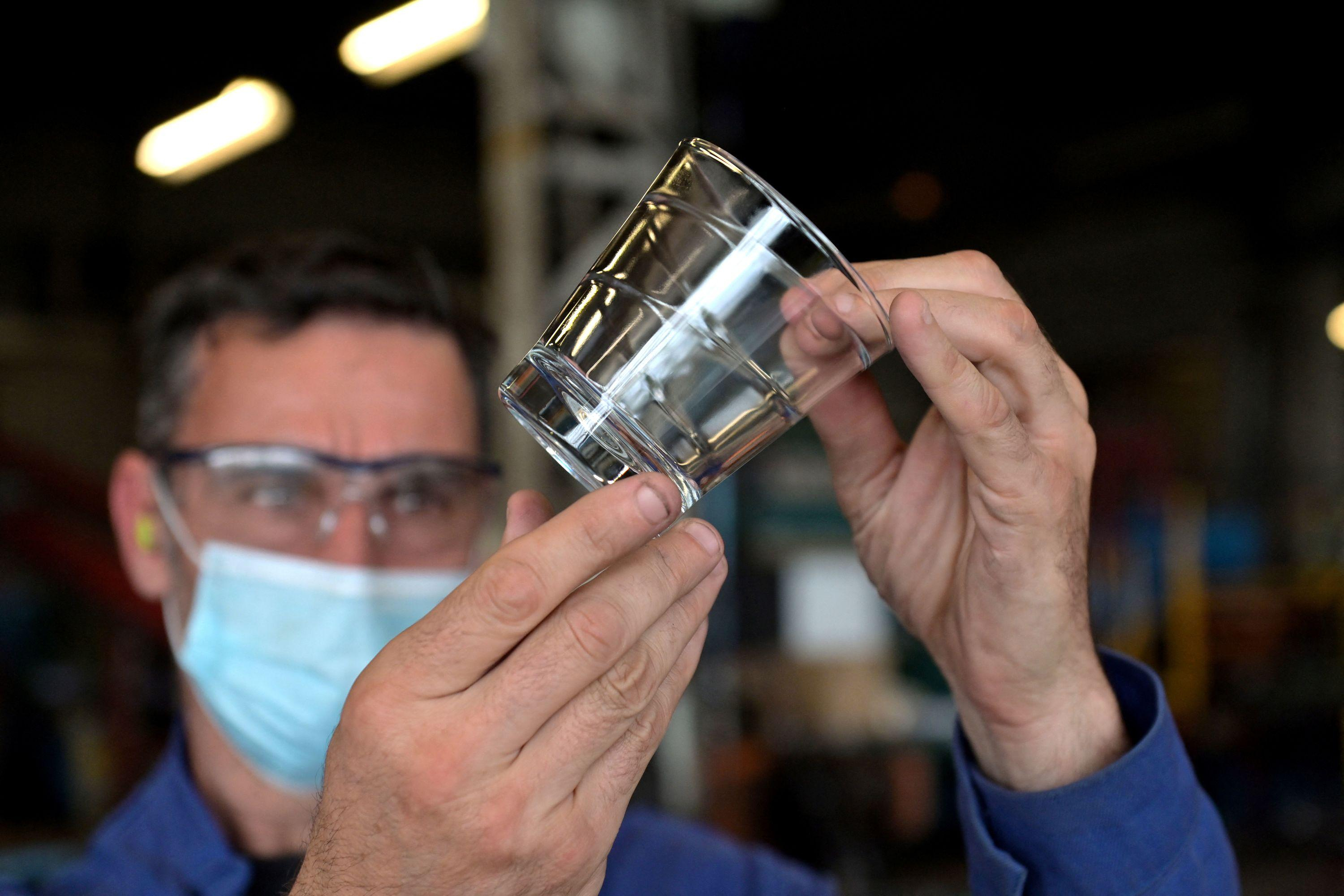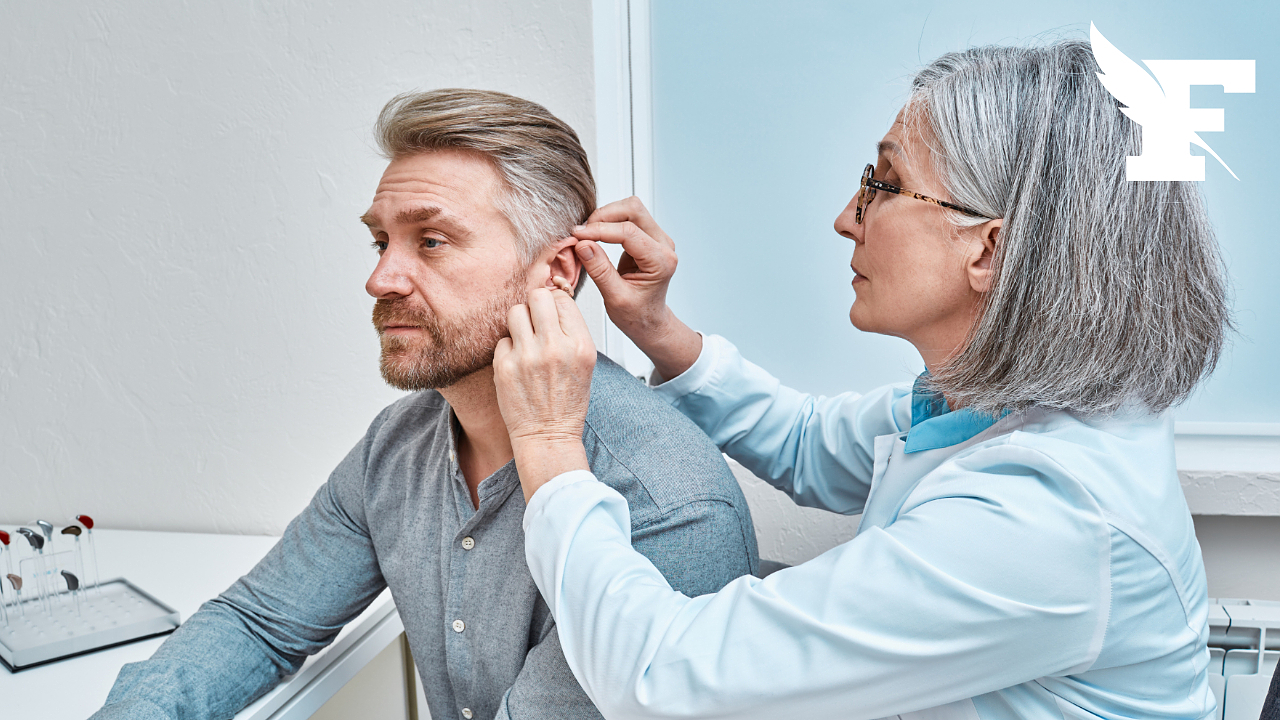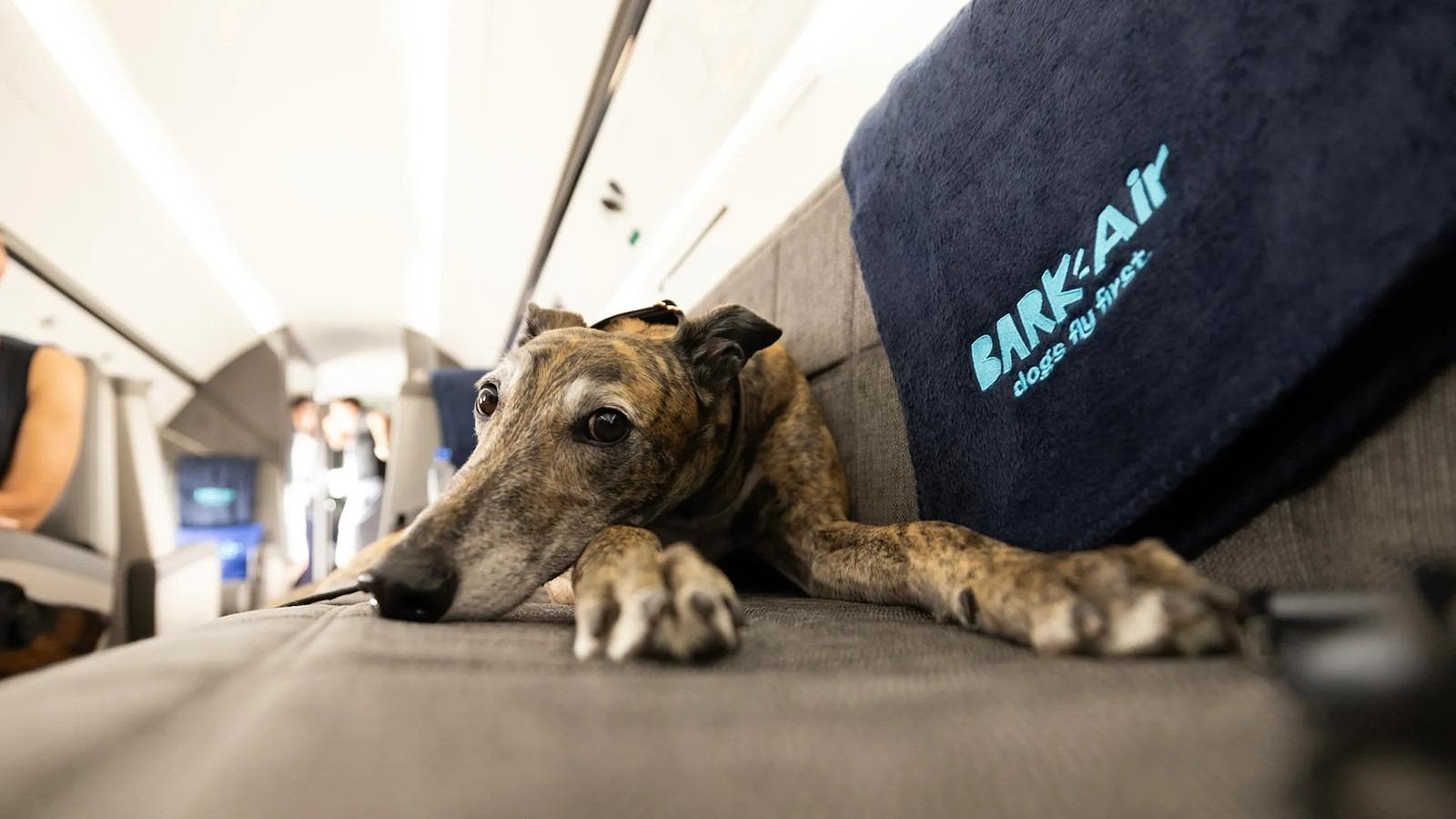Children love snow and tobogganing. So why not start skiing too? We explain how to get started on skis and what parents should pay attention to.
"The sooner, the better," says Thomas Braun from the German Ski Association (DSV). The reason is the higher learning ability. Many children are already on skis for the first time at the age of three or four. Motorically and physically they are then ready. But that alone is not enough.
"Skiing has something to do with motivation," says Marc Buhl from the Winterberg ski school. If the three-year-old doesn't feel like skiing, it's probably too early. A short ski video or pictures from the last ski holiday can increase interest.
Skis, ski boots and a helmet are essential. All of these utensils must fit the body size and age, explains Braun. Ski goggles, a ski suit and good gloves are also part of the children's equipment. Exposed skin needs sunscreen with a high sun protection factor.
New ski equipment is expensive and doesn't last long. Renting from a ski rental shop is better. "Some sports retailers also offer skis that grow with the child or exchange systems," says Braun. The equipment that has become too small can be exchanged for a larger one.
Almost every ski school offers courses for younger guests. Which is only logical: "70 to 80 percent of the customers are children," says Thomas Braun. The first ski lesson should take place not far from the ski school on a separate, protected area. "Retreat rooms are important if you have to take the children out."
Individual lessons or group courses? It depends on the preferences of the children and parents. "Group courses are more suitable for small children because they are more motivated," says Braun.
In this way, children not only learn from the ski instructor, but also from other children. However, the group should not be too large, otherwise the learning success will be too low. According to Braun, a maximum of twelve children with two ski instructors is recommended. Why two? One takes care of the supervision, the other takes care of the learning.
Marc Buhl only teaches children under the age of five individually. "The concentration is greater and the child can focus better on skiing and the ski instructor," he says.
Individual lessons can also suit children who do not have much group experience. However, they should be able to separate from their parents. "It's best to move a few meters to the side so that the focus stays with the ski instructor," advises Buhl.
“Many ski schools start with a magic carpet, a conveyor belt that children can use to get up without any physical exertion and train their balance on skis,” reports Thomas Braun. Then they get to know the feeling for the skis on the flat and develop a feeling of gliding on flat terrain.
Later on, it's on to slightly sloping terrain, where the children can feel the skis gliding downhill. If that works, they practice driving and braking the first corners. Once at the bottom, you can take the button lift or drag lift.
It's all done in a playful way. "We call a classic plow arch or snow plow 'pizza' because the position of the skis is reminiscent of a piece like that," says Marc Buhl.
If you then ski at the same time, that means “fries” for the children. The ski instructor drives down the slopes together with the child. "If the strength isn't there yet, it can hold on to a pole or its hands to brake."
"If you practice intensively for three days, you can then ski an easy slope with your parents," says Marc Buhl. He recommends one private lesson in the morning and one in the afternoon each day. Short stays are more common in the low mountain ranges than in alpine ski areas. Ski schools with weekly courses offer two to three hour units in the morning including breaks.
Learning success also comes quickly in a group, Braun has observed. "If children can ski the blue slope, they no longer need much input from their parents," he says. Mum or dad should tell you where to ride and in what style. "Parents are a role model when they drive snow plow turns like their children and not shoot," says Marc Buhl.
And one more thing: Because of the height, it is more comfortable for children to drive below the tree line. "The effort is significantly less than in higher-lying ski areas or on the glacier," explains Braun. If the parents are not very good skiers, they should concentrate on slopes that can be reached by chairlift and gondola.
“Skiing is like riding a bike. You don't forget that," says Marc Buhl. In most cases, children can quickly build on what they have learned.
In the meantime, it is of course still advisable to stay fit. Thomas Braun recommends sports, balance exercises and inline skating or skateboarding. A visit to the ski hall or a trip to a nearby low mountain range also help to bridge the time until the next skiing holiday. "Small ski areas with one or two lifts are enough for children," says the expert.
This article was first published in December 2021.

 Summoning the Iranian ambassador: how the dissemination of “fake news” forced Stéphane Séjourné to react
Summoning the Iranian ambassador: how the dissemination of “fake news” forced Stéphane Séjourné to react Germany: abortions should be authorized up to 12 weeks, concludes a commission launched by Olaf Scholz
Germany: abortions should be authorized up to 12 weeks, concludes a commission launched by Olaf Scholz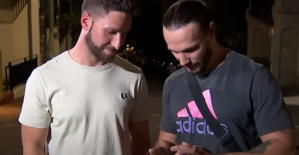 Knife attack in Australia: who are the two French heroes congratulated by Macron?
Knife attack in Australia: who are the two French heroes congratulated by Macron? Faced with an anxious Chinese student, Olaf Scholz assures that not everyone smokes cannabis in Germany
Faced with an anxious Chinese student, Olaf Scholz assures that not everyone smokes cannabis in Germany Covid-19: everything you need to know about the new vaccination campaign which is starting
Covid-19: everything you need to know about the new vaccination campaign which is starting The best laptops of the moment boast artificial intelligence
The best laptops of the moment boast artificial intelligence Amazon invests 700 million in robotizing its warehouses in Europe
Amazon invests 700 million in robotizing its warehouses in Europe Inflation rises to 3.2% in March due to gasoline and electricity bills
Inflation rises to 3.2% in March due to gasoline and electricity bills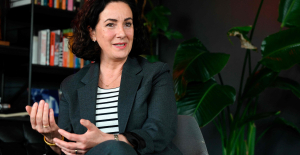 Against drug trafficking, the mayor of Amsterdam advocates the regulation of cocaine
Against drug trafficking, the mayor of Amsterdam advocates the regulation of cocaine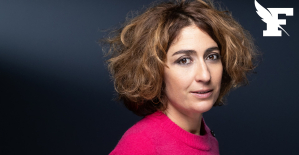 Hachette Livre removes Isabelle Saporta from management of Fayard
Hachette Livre removes Isabelle Saporta from management of Fayard Where is the MSC Aries, the ship boarded by Iran?
Where is the MSC Aries, the ship boarded by Iran?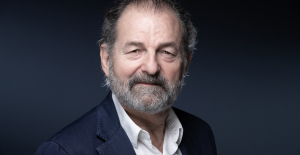 Denis Olivennes at Le Figaro: “CMI France discusses with Natacha Polony the future of Marianne”
Denis Olivennes at Le Figaro: “CMI France discusses with Natacha Polony the future of Marianne”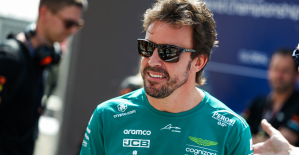 Fernando Alonso signs the longest contract of his career for two fundamental reasons
Fernando Alonso signs the longest contract of his career for two fundamental reasons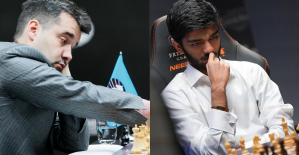 2024 Candidates Chess Tournament: Relive the Crucial Nepo-Gukesh Game
2024 Candidates Chess Tournament: Relive the Crucial Nepo-Gukesh Game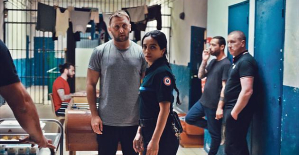 Borgo, by Stéphane Demoustier: locked outside
Borgo, by Stéphane Demoustier: locked outside Release of hostages and immediate ceasefire: at the Venice Biennale, the Israeli pavilion resonates with Gaza
Release of hostages and immediate ceasefire: at the Venice Biennale, the Israeli pavilion resonates with Gaza Skoda Kodiaq 2024: a 'beast' plug-in hybrid SUV
Skoda Kodiaq 2024: a 'beast' plug-in hybrid SUV Tesla launches a new Model Y with 600 km of autonomy at a "more accessible price"
Tesla launches a new Model Y with 600 km of autonomy at a "more accessible price" The 10 best-selling cars in March 2024 in Spain: sales fall due to Easter
The 10 best-selling cars in March 2024 in Spain: sales fall due to Easter A private jet company buys more than 100 flying cars
A private jet company buys more than 100 flying cars This is how housing prices have changed in Spain in the last decade
This is how housing prices have changed in Spain in the last decade The home mortgage firm drops 10% in January and interest soars to 3.46%
The home mortgage firm drops 10% in January and interest soars to 3.46% The jewel of the Rocío de Nagüeles urbanization: a dream villa in Marbella
The jewel of the Rocío de Nagüeles urbanization: a dream villa in Marbella Rental prices grow by 7.3% in February: where does it go up and where does it go down?
Rental prices grow by 7.3% in February: where does it go up and where does it go down? Europeans: the schedule of debates to follow between now and June 9
Europeans: the schedule of debates to follow between now and June 9 Europeans: “In France, there is a left and there is a right,” assures Bellamy
Europeans: “In France, there is a left and there is a right,” assures Bellamy During the night of the economy, the right points out the budgetary flaws of the macronie
During the night of the economy, the right points out the budgetary flaws of the macronie Europeans: Glucksmann denounces “Emmanuel Macron’s failure” in the face of Bardella’s success
Europeans: Glucksmann denounces “Emmanuel Macron’s failure” in the face of Bardella’s success These French cities that will boycott the World Cup in Qatar
These French cities that will boycott the World Cup in Qatar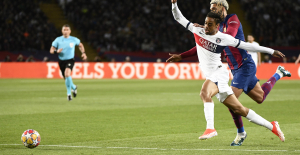 Champions League: in video, Barça's red card which leaves PSG alive
Champions League: in video, Barça's red card which leaves PSG alive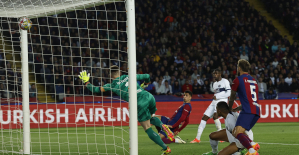 Barça-PSG: in video, the goal of Ousmane Dembélé’s hope
Barça-PSG: in video, the goal of Ousmane Dembélé’s hope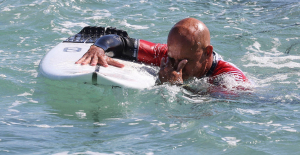 Surfing: eliminated from the pro tour, Kelly Slater close to saying goodbye
Surfing: eliminated from the pro tour, Kelly Slater close to saying goodbye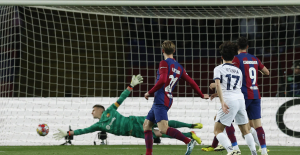 Barcelona-PSG: in video, Vitinha’s goal which puts PSG in front
Barcelona-PSG: in video, Vitinha’s goal which puts PSG in front




